Unripe Japanese plums, or ume, are steeped with sugar in distilled liquor to create umeshu, a flavorful liqueur. In most cases, 35% abv shochu is the liquor used in umeshu. Umeshu made with sake has been described in books from the 19th century. And did you know that Japanese shochu is the most commonly used liquor for making umeshu.
What is Umeshu?
Umeshu is a type of Japanese mixed alcoholic beverage made by soaking unripe Japanese plums (ume), which locals generally harvest around June, in distilled spirits (naturally white liquor, shochu, and brandy). The sweet and sour flavours with a fruity aroma are very appealing and you can make many kinds of drinks with them. Most of the plum wine sold in Japan has an alcohol content of 8-15%. Although it is an alcoholic beverage made from fruits, they classified this as fruit wine under the Japanese Liquor Tax Act. Because they can easily make this at home, it has long been popular among the private sector as an alcoholic beverage that is good for health.
The plums used in Umeshu are Nanko plums, Oshuku, Bungo, Ryuga-koume, Rinshu, Gyokuei, and Umesato. Locals believed that unripe plums are better than ripe plums that turn yellow, but you can get a unique aroma even if you use ripe plums.
What is Ume?
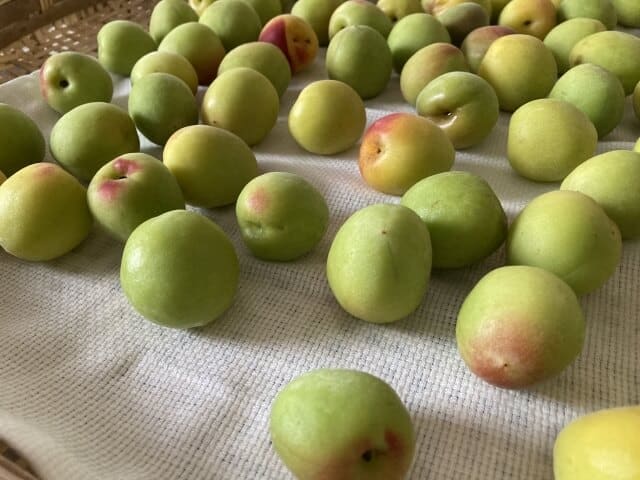
Ume, or plums, are a rare and beloved fruit brought to Japan from China in this manner. But plum blossoms were prized for more than just their aesthetic appeal. Ume fruit has been consumed widely throughout history since it has numerous health advantages according to the Ume Kenkyukai (Ume Research Institute). Around the end of the third century, they first introduced ume to Japan. In Wu, China, during the Yamato period of Emperor Kinmei, there is one belief that Wani introduced this. Wani is a naturalised citizen from Baekje, and another theory brought by a high priest.
Umeshu History
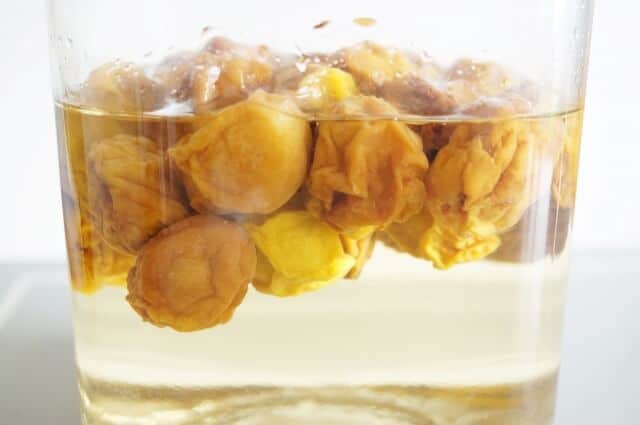
The existence of plums can only be confirmed 4,000 years ago. The oldest description in the literature is that it is described as “enbai” in a Chinese business book around 2000 BC. During that time, the Japanese used it as a herbal medicine and later became popular as an ornamental. There is no record of when ume became popular as umeshu.
However, there is a description of how to make “plum wine” in a document called “Honcho Kagami” written in the Edo period about 300 years ago. Since sugar was a valuable commodity at that time, only a limited number of people could drink it rather than a drink for the common people.
During the Edo period, the culture of processing plums, such as “umeboshi” and “plum wine,” was well established. Also, in the late Edo period agricultural book “Hiromasu Kuni Koku”, there is an item “About planting plums to increase profits for farmers”.
Umeshu Recipe
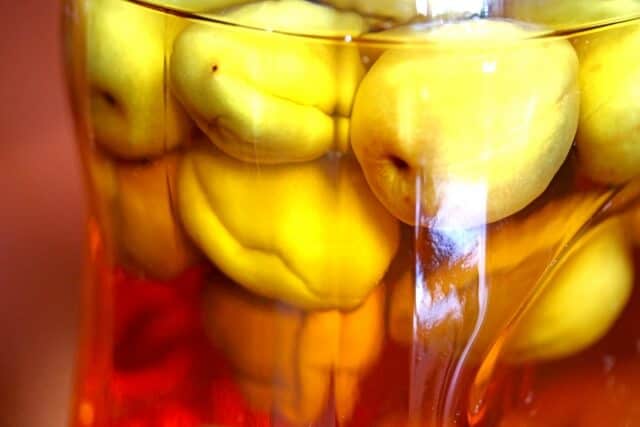
Umeshu Ingredients
| Ingredients of Umeshu for 8-10 persons | Measurements |
|---|---|
| Ome (Nanko Ume) | 1000g |
| Rock sugar | 500-800g |
| White liquor (shochu) | 1800g |
| Bamboo skewers | 50g |
How to make Umeshu
Sterilize the fruit wine bottle with shochu, etc., or with boiling water. When adding shochu, shake the container. The tools to be used are also sterilized with boiling water.
If you use Nanko-ume, you don’t need to remove the scum, but if you use green and hard ume, you need to remove the scum. Put the plums in a bowl filled with plenty of water, and remove the bitterness for 2-4 hours.
Carefully wash with running water. After washing, drain the water in a colander. Remove any large scratches or damaged items. Drain the plums in a colander and wipe them dry with a clean cloth or kitchen towel.
Use a bamboo skewer to remove the stalks of the plums. Toothpicks break easily, so they recommend to use strong bamboo skewers or gun skewers.
Put the plums in first, then put rock candy on top. After that, put the plums and rock sugar alternately into the container. After adding the plums and crystal sugar, gently pour the white liquor over them.
After adding the white liquor, close the lid tightly and store it in a cool, dark place. Move the container several times a week until the rock sugar melts to distribute the sugar evenly. Once the crystal sugar melts, wait patiently for it to turn into delicious plum wine.
How to drink Umeshu?
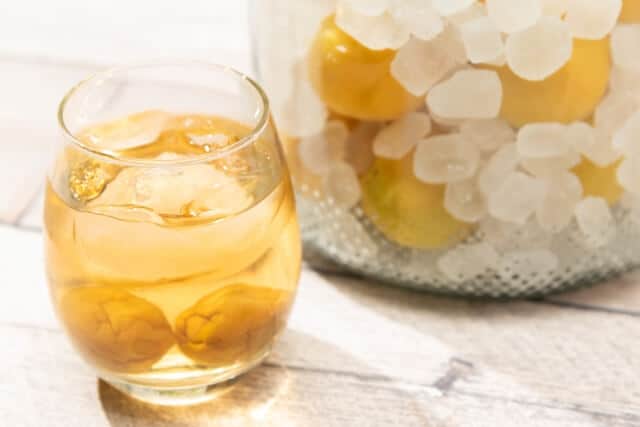
The recommended daily intake of plum wine should be one glass. According to the Ministry of Health, Labor, and Welfare’s “Health Japan 21” campaign, 20 grams of pure alcohol is considered to be a reasonable level of drinking. This is said to be equivalent to 180 millilitres of 13% alcohol-containing plum wine. Those who are sensitive to alcohol should, of course, reduce it a little more.
You can put a large amount of rock ice in a glass and swirl it around with a muddler to cool the glass. You can also pour the carbonated water (recommended ratio is 6:4 soda) gently so as not to hit the ice, and stir gently. And you can mix it with hot water, and the mellow aroma of plum wine rises softly.
Types of wine bases
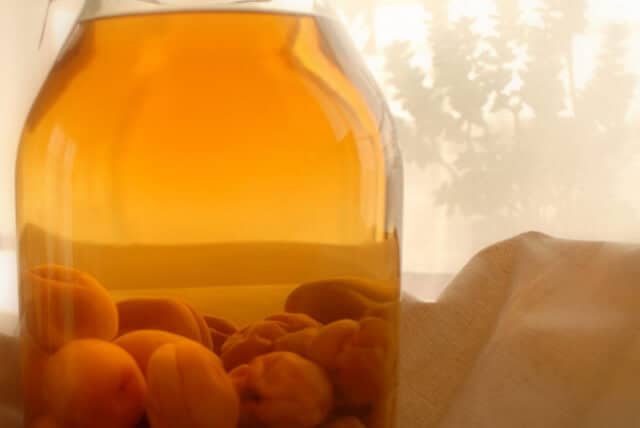
Umeshu is made by pickling plum fruit in sake, but there are various bases.
Shochu
It brings out the sweetness of the plums and adds depth to the flavor of the plum wine.
Sake
The harmony of the gentle sweetness of the rice and the strong sweet and sourness of the plum is pleasant, mellow and easy to drink.
Rum
You can enjoy a sweet scent like sweets. The taste is often strongly alcoholic.
Wine
The light sweetness of the grapes and the sourness of the plums combine to create a dessert-like plum wine.
Vodka
It has a strong alcoholic feel, so locals recommended it for those who want to feel strong alcohol.
Shochu is the most commonly used base for umeshu. First, when making umeshu, it is not possible to make umeshu with anything other than distilled liquor with an alcohol content of 20% or more. Secondly, even among shochu, the white liquor of the Ko-class is almost tasteless and odourless, so it does not affect the initial sweetness and aroma of plums.
Various effects obtained by drinking Umeshu
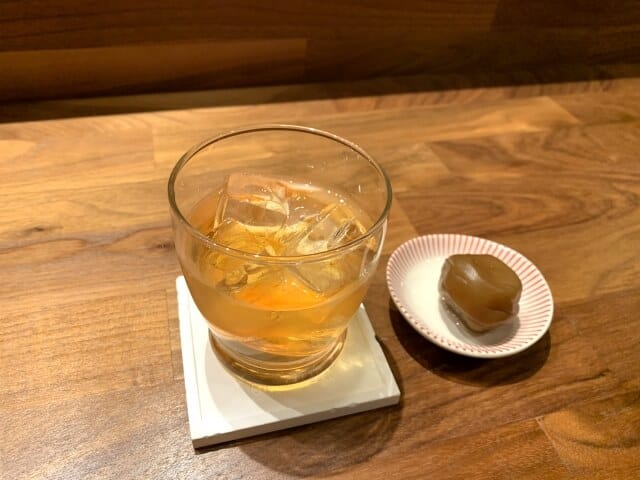
Plums or ume, which are indispensable for making umeshu, have detoxifying and antibacterial effects. Therefore, drinking plum wine can be expected to have the effect of discharging waste products and harmful substances from the body. In addition, plum wine contains plenty of minerals, so it helps to keep your skin and hair shiny. In other words, umeshu is a “beauty-friendly liquor”, a liquor that has a very pleasing effect on women.
Umeshu FAQ
- What alcohol do you recommend for making plum wine?
Alcoholic beverages with an alcohol content of 35 degrees or more such as
Shochu, brandy, whiskey, vodka or gin are recommended- What size plums are good for making plum wine?
Large fruit plums are recommended. They have plenty of pulp and juice, so the ume extract is extracted well.
- Is there an shelf life for plum wine?
Plum wine does not have an shelf life because the plums are pickled with alcohol. Umeshu becomes richer and tastier as it ages.
Where to buy Umeshu
SHUGAR MARKET

A shop where you can taste and compare 100 kinds of plum wine and fruit wine, including plum wine. What’s more, the time is unlimited and you can bring your own. They are all fruit wines that you can drink as deliciously as juice and feel good about. Be careful not to drink too much, even if it is delicious. You can mix two kinds of fruit wine or pour it over dessert. In addition, there are various arrangements of plum wine and fruit wine.
Morning star (明星)

An all-you-can-drink shop with 100 varieties of plum wine for 1,000 yen for 100 minutes. There are rare plum wines that you don’t usually see, as well as local plum wines. Many plum wines lined up on the shelves in the store. There are 100 types in all. One of the attractions is that everything is self-service. Find your favourite plum wine and your favourite way to mix it.
Hanagoyomi (花ごよみ)

You can enjoy a full-fledged plum wine bar, such as Japan’s best high-grade plum wine and vintage plum wine aged for a long time. In addition to 15 types of cocktail umeshu, including those made with fruit juice from Wakayama, there are 2 types of aroma plum liqueur for women, and for men, you can enjoy “Ume Spirits” distilled plum liqueur and shochu using plum seeds
Takeaway
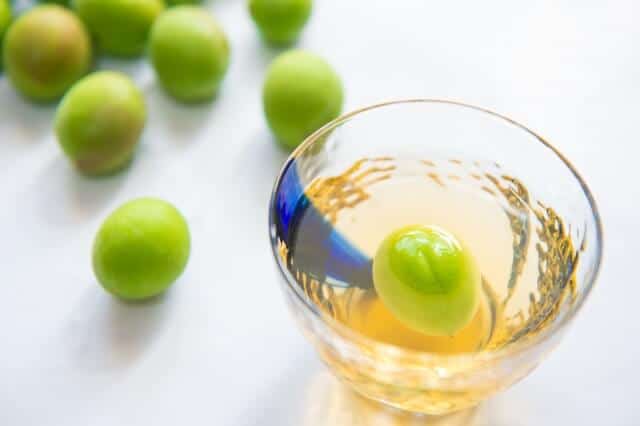
Any time of year, umeshu is a sweet and sour way to enjoy Japanese culture and traditional booze. The flavorful shochu and tangy Japanese plums capture the spirit of Japan in a classic, readily available combination. Umeshu’s simplicity allows you a lot of creative enjoyment options. Homebrewing umeshu gives you better control over the flavour profile and alcohol content in an accessible way.
If you are interested in this kind of Japanese beverage, there are also some alcoholic beverages you should get yourself familiar with, such as Sake, Shochu, Amazake, and Awamori.
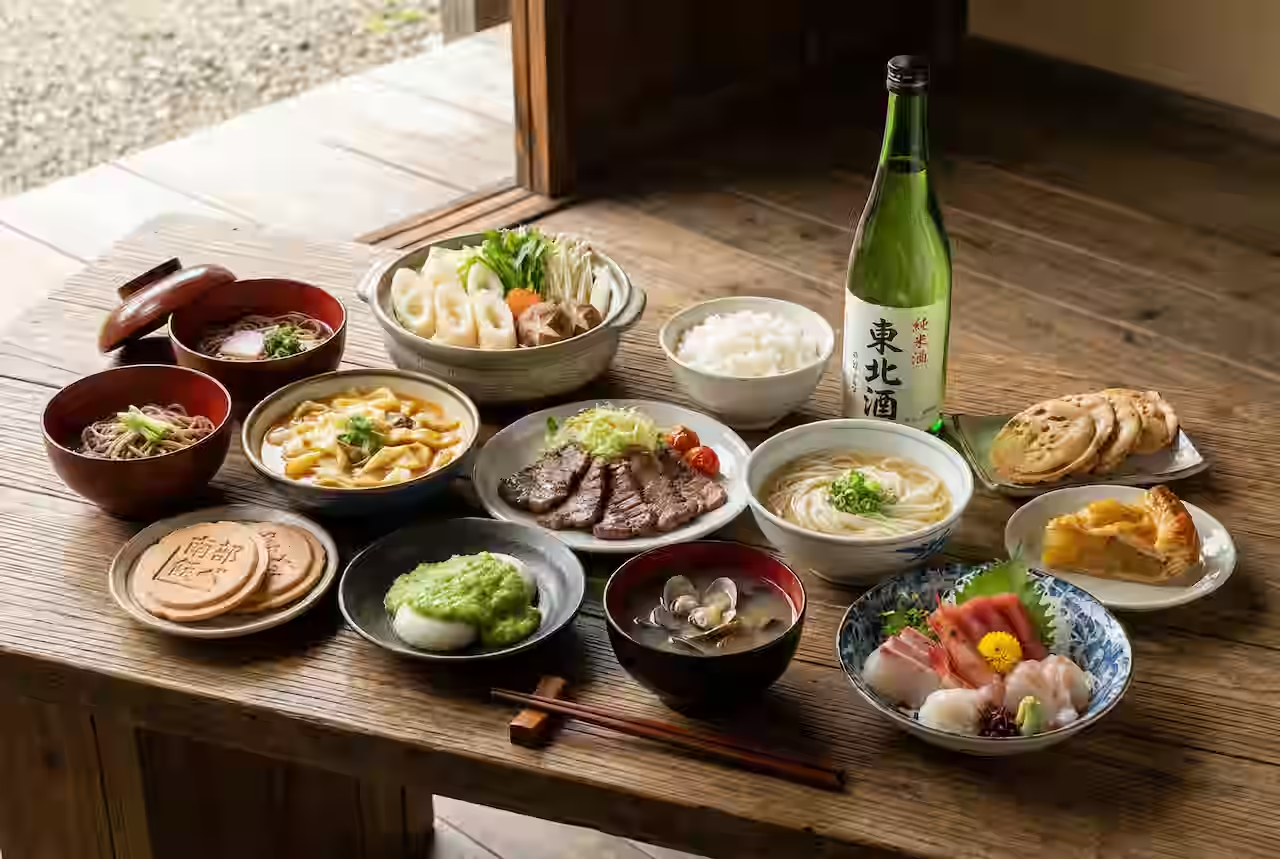

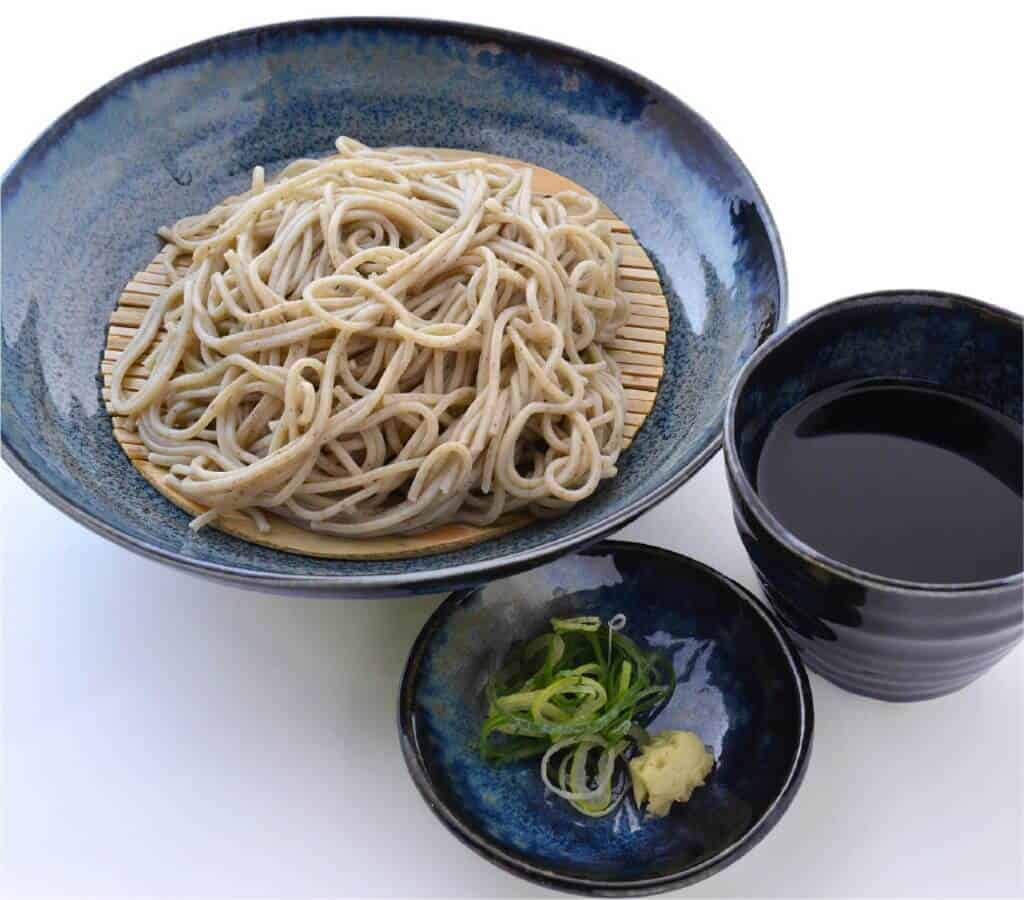
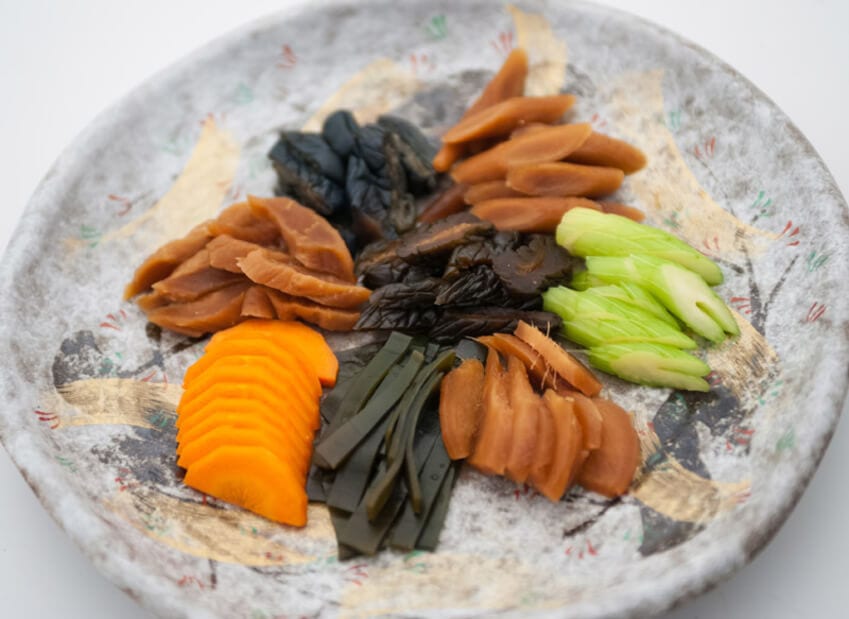
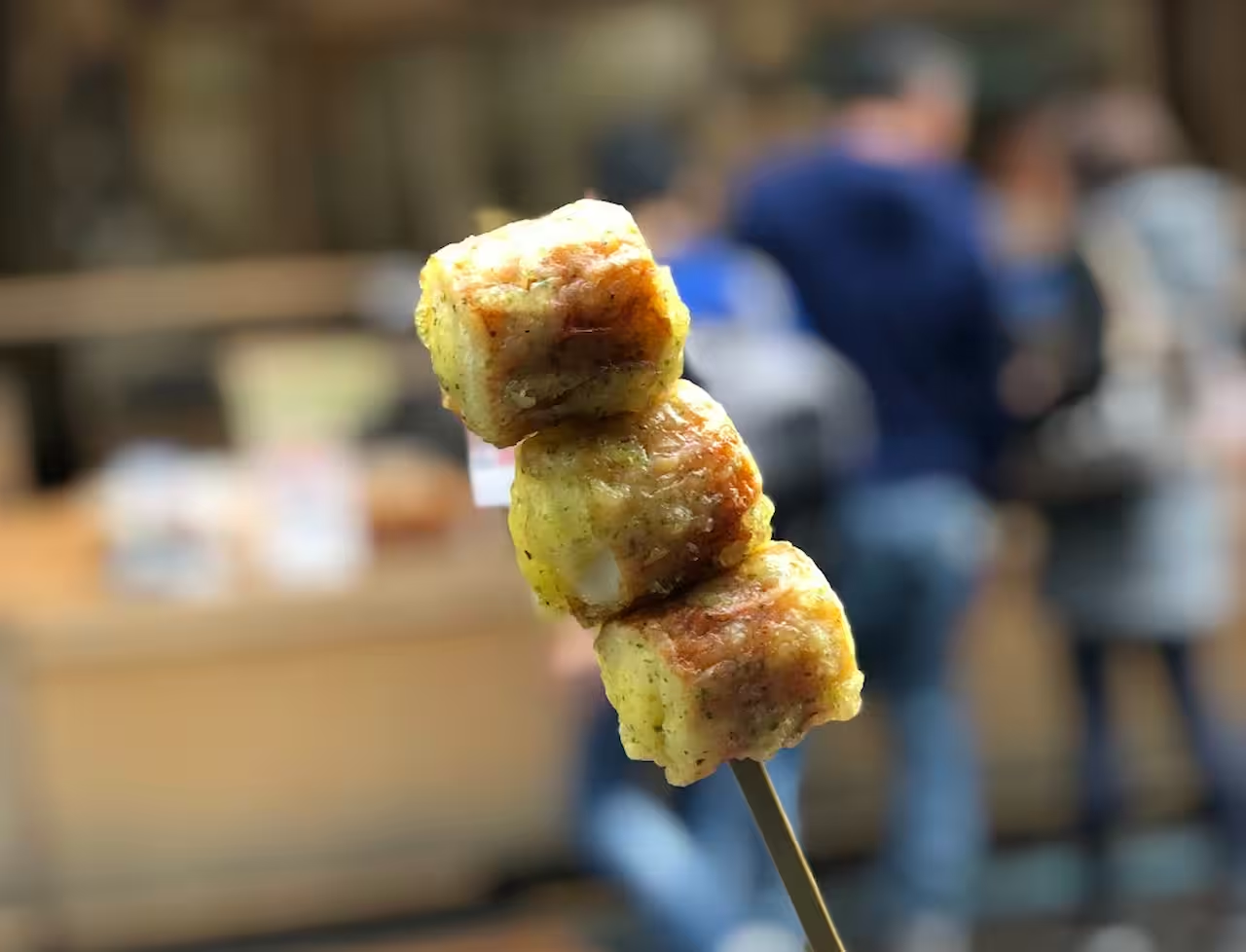

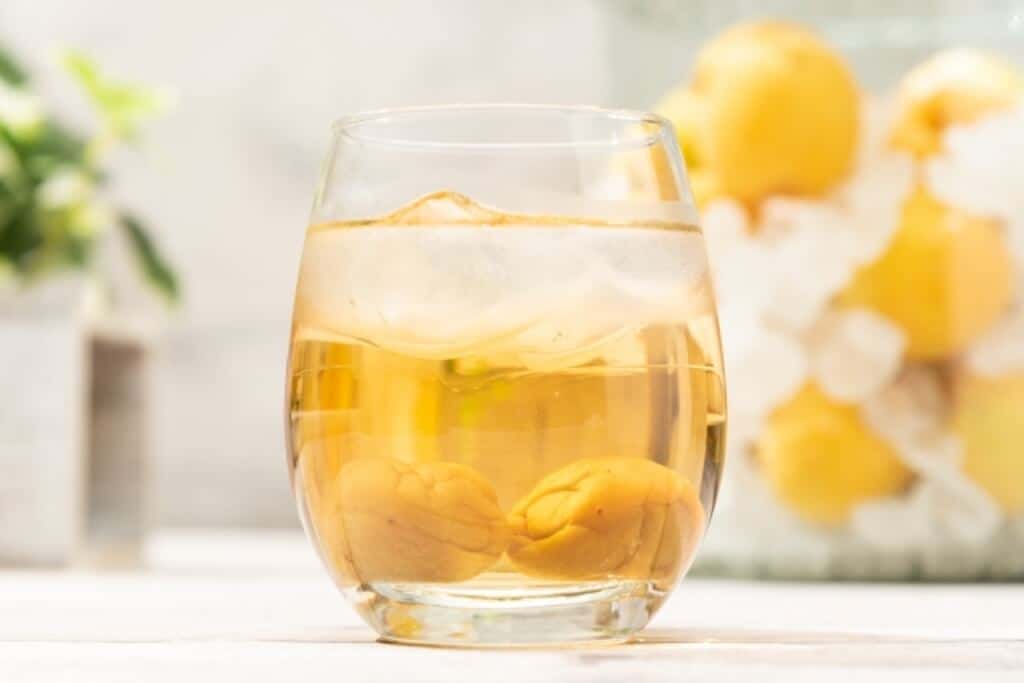
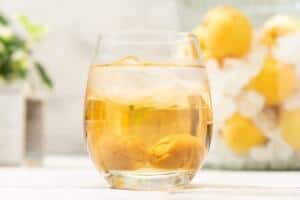
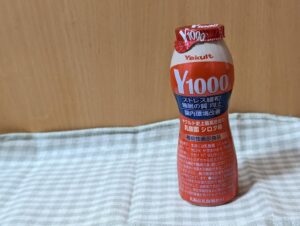
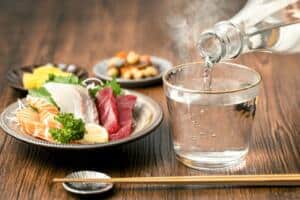
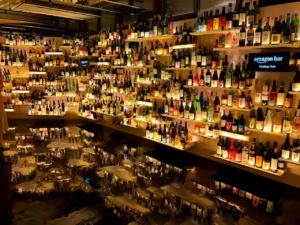
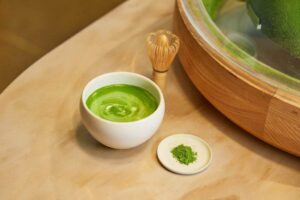
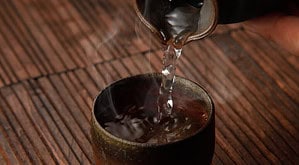
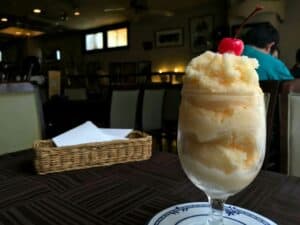
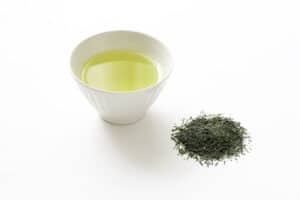
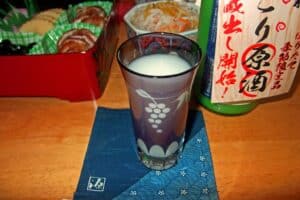
Comments